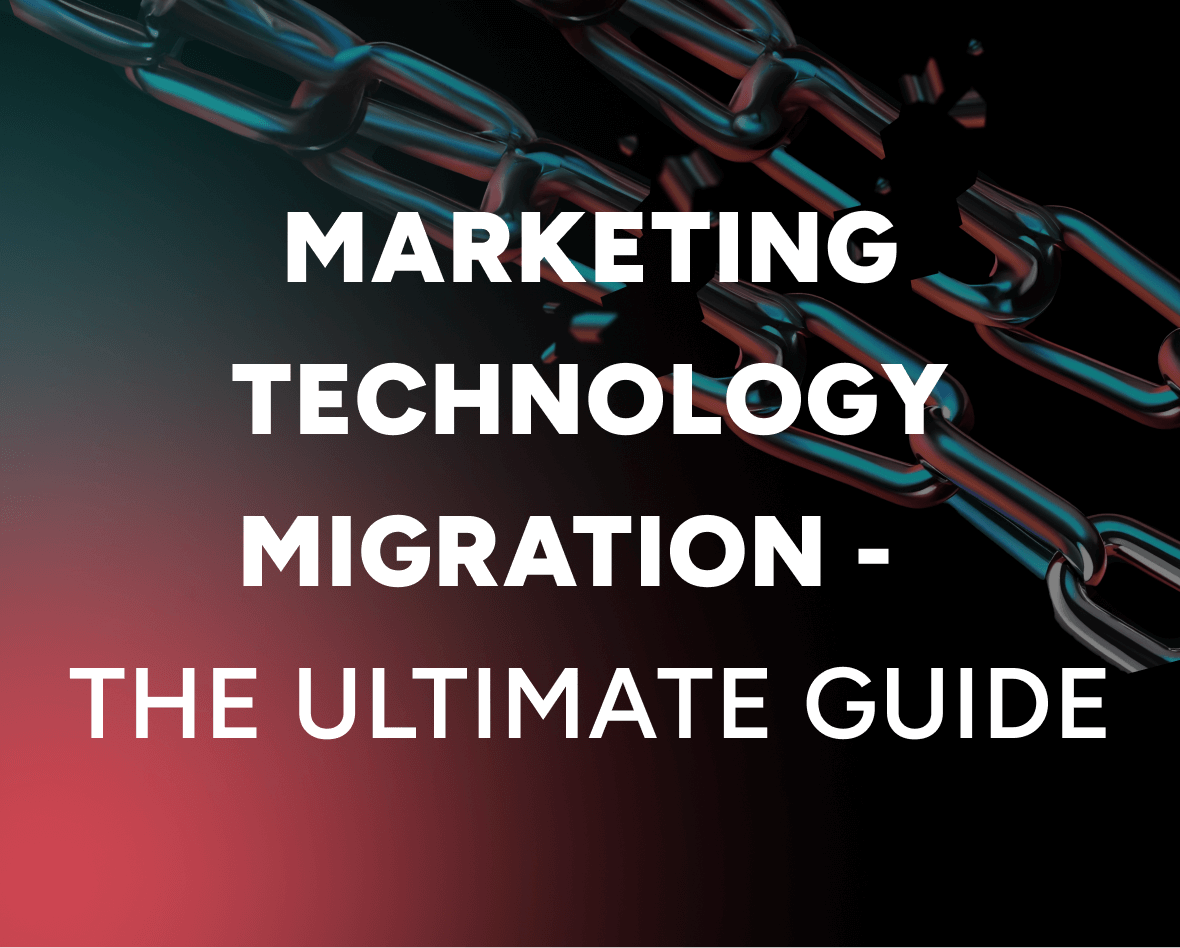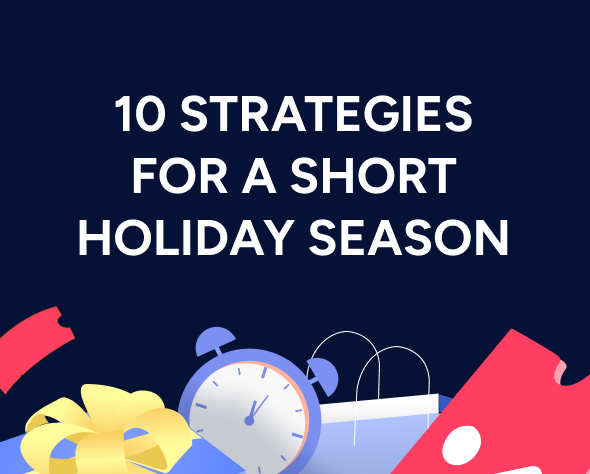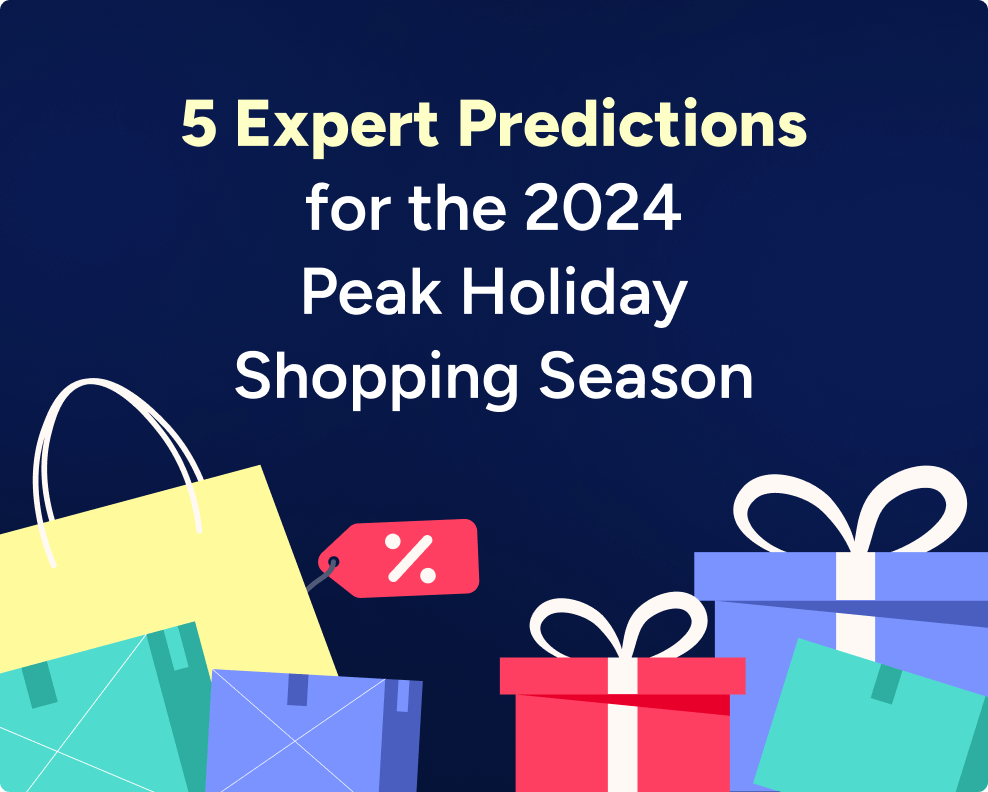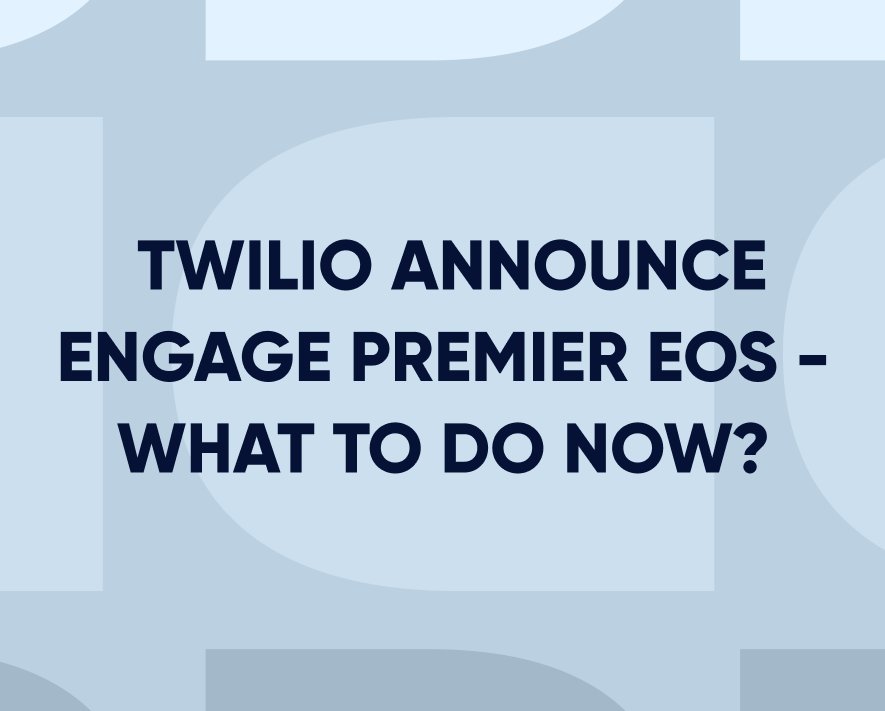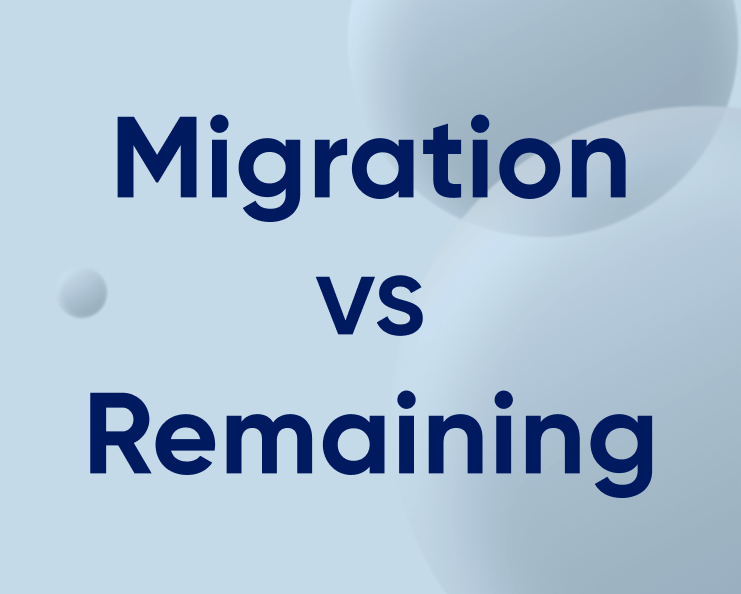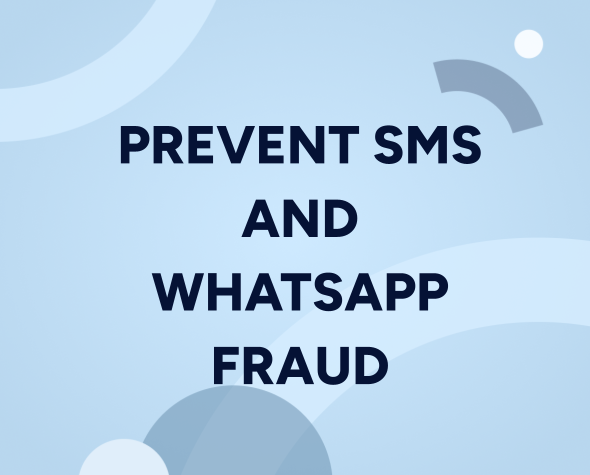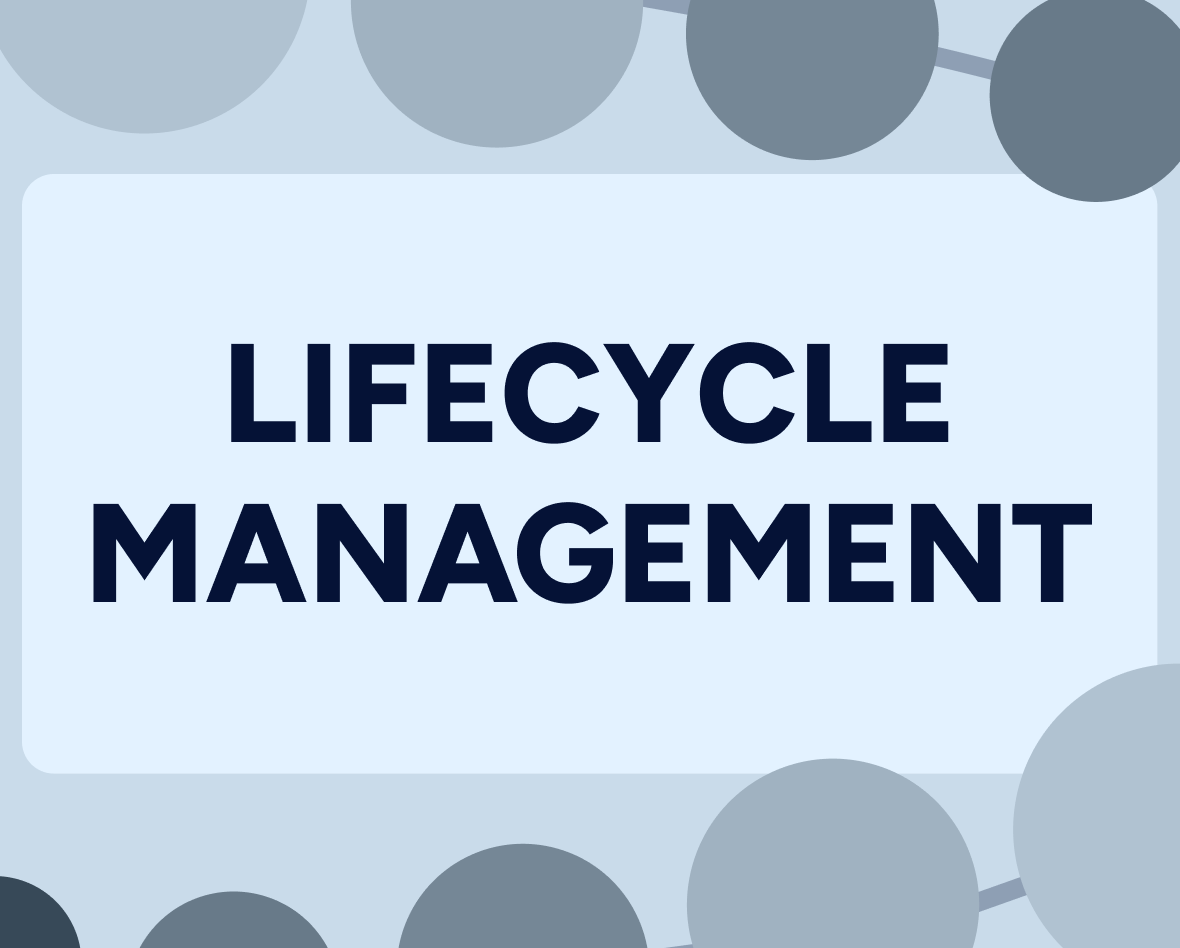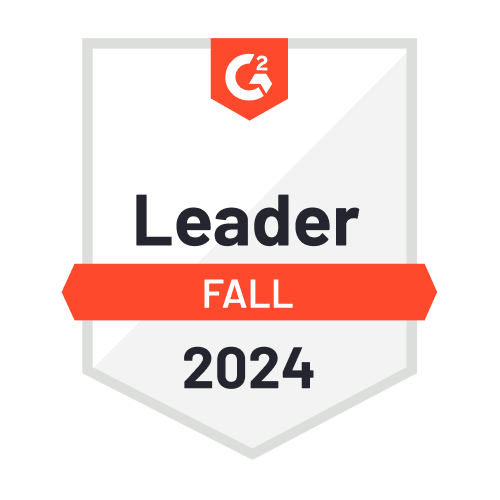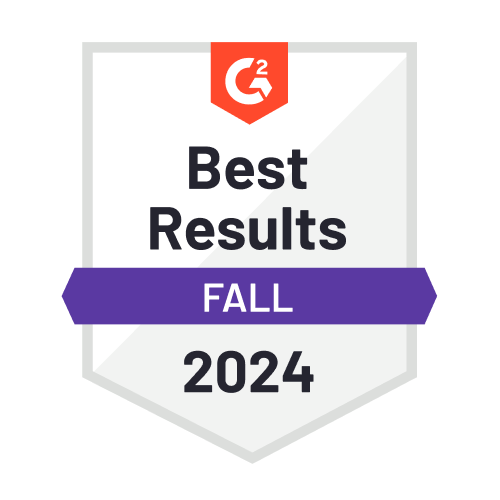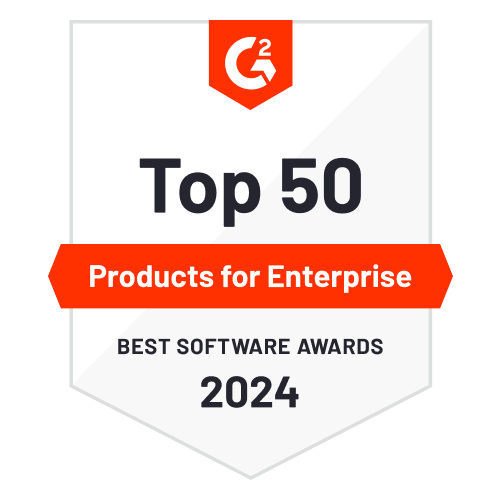How to use omnichannel marketing automation (with examples)
Brands know that today’s customer journeys aren’t linear. That’s why they use lots of different solutions to try and reach users, like:
- Email and SMS marketing solutions.
- WhatsApp marketing tools.
- Personalization software.
- Social media ad tools.
- Push notification platforms and more.
However, most companies struggle to coordinate their efforts across all these solutions, which creates a disjointed and inconsistent brand experience.
Updated on May 12, 2023
For example, here are some common issues customers experience during their interactions with a brand:
- They buy products but still get targeted with ads for them from the same brand.
- They don’t engage with a product recommendation via email but still get shown the same products on another channel.
- They save their favorite product categories in a mobile app but receive discount codes for totally different products via SMS.
These are examples of a standard multichannel marketing approach, where key data isn’t shared between systems. The brand may be reaching customers on every single channel but the messages aren’t relevant, resulting in lower engagement and conversions.
That’s where omnichannel marketing comes in.
Omnichannel marketing is the practice of creating consistent customer experiences across all online and offline customer touchpoints. In turn, omnichannel marketing automation lets you deliver highly contextual and personalized content, messaging, and product recommendations at each stage of today’s complex customer journeys.
In this guide, we’ll discuss everything you need to know about omnichannel marketing automation, including:
- The benefits of omnichannel marketing automation over standard multichannel marketing.
- How to set up successful omnichannel marketing automations and strategies (5 key capabilities).
- 3 real-life examples of companies using omnichannel marketing automation.
Finally, we’ll also answer some common questions about omnichannel marketing and its advantages.
Insider can help you build and automate consistent, personalized journeys across all touchpoints customers have with your brand—from your website and mobile app to channels like email, SMS, and WhatsApp. Visit our website or schedule a demo with our team to learn more.
The benefits of omnichannel marketing automation over standard multichannel marketing
Omnichannel marketing automation helps you create cohesive and personalized experiences across every customer touchpoint.
For example, an omnichannel journey can:
- Start when a customer browses products on your site.
- Continue on different channels like email, SMS, or web push.
- End when the customer completes the checkout process on your mobile app.
The key here is that each step gets triggered by contextual events and accounts for customers’ behaviors and preferences. This approach has three massive benefits over standard multichannel marketing:
- Consistency across all channels. In an omnichannel approach, customer data is constantly shared between a brand’s marketing stack. As a result, every action in the journey is tailored based on how customers reacted to the previous ones.
- Better message and campaign relevance. Omnichannel marketing strategies are based on a complete view of a customer’s journey, including the products they’re interested in, the channels they’re using, and more. This ensures you’re always sending the right messages, to the right audiences, and the right times.
- Higher customer engagement, conversions, and retention rates. This is a direct result of the previous two benefits. The more consistent and relevant your marketing, the more users will end up visiting your site, buying a product, and becoming loyal customers.
Note: For an in-depth look at this topic, we have a detailed guide on omnichannel and multichannel marketing.
How to set up successful omnichannel marketing automations and strategies (5 key capabilities)
Getting started with omnichannel marketing can seem daunting, as there are simply lots of variables to consider, like:
- Customers’ behaviors, interests, and preferred channels.
- Your ability to reach them on each of those channels.
- Your marketing stack’s limitations.
To help you out, we’ve compiled the five foundational capabilities you need to build and automate omnichannel marketing campaigns. We’ll also use Insider to show how you can leverage these capabilities and why they’re crucial for successful omnichannel marketing.
1. Data consolidation
For most companies, customer data is scattered across various systems, including:
- Point-of-sale (POS) devices.
- Website and app analytics tools.
- Customer relationship management systems (CRMs).
- Channel-specific marketing tools, like email, SMS, and web push software.
When these systems are disconnected, marketing teams don’t have a clear view of the customer journey. That’s why data consolidation is the first step in omnichannel marketing.
You can aggregate all your data by using a customer data platform (CDP)—a type of software for consolidating data from multiple sources into a central database.
For example, Insider’s Actionable CDP can aggregate data from any online or offline source. This helps our clients create detailed, 360-degree customer profiles.
The screenshot below shows one of these unified customer profiles filled with tons of valuable information, like:
- Name, email, and phone number.
- Purchase and browsing history.
- On-site and in-app behavior.
- Channel reachability, and more.
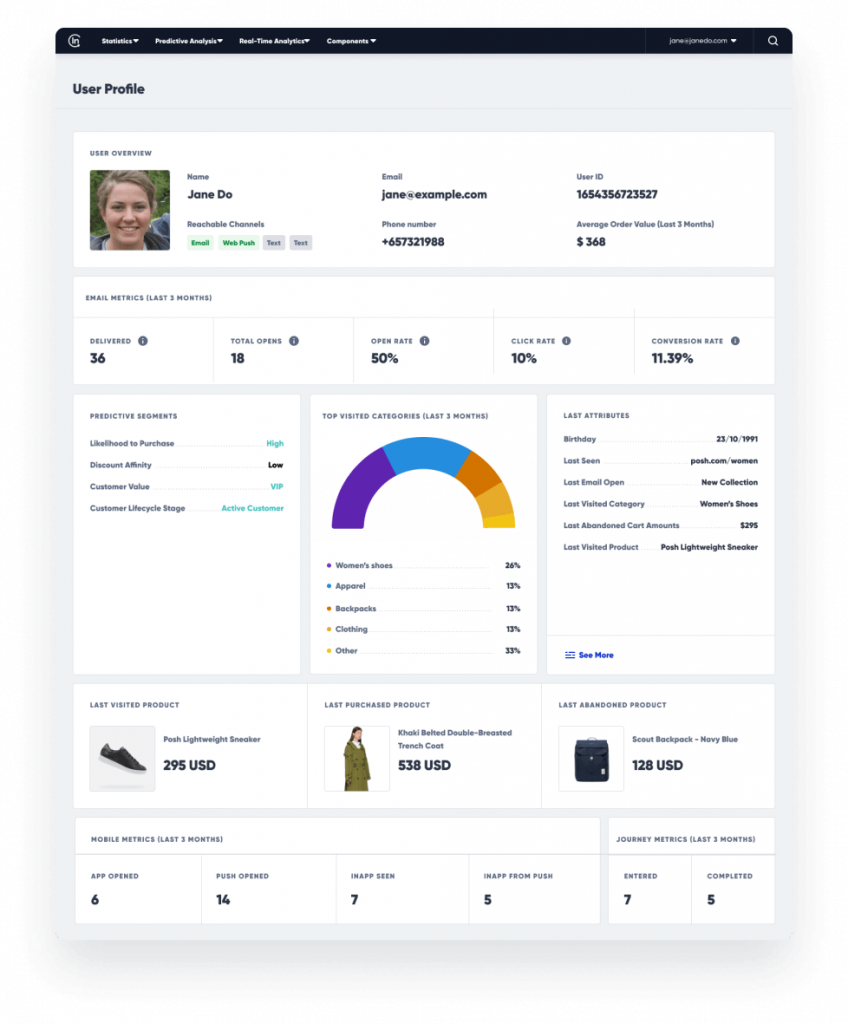
Our CDP even creates profiles for anonymous visitors with data about their last visited, abandoned, and purchased products, as well as all other actions they took on your site or app.
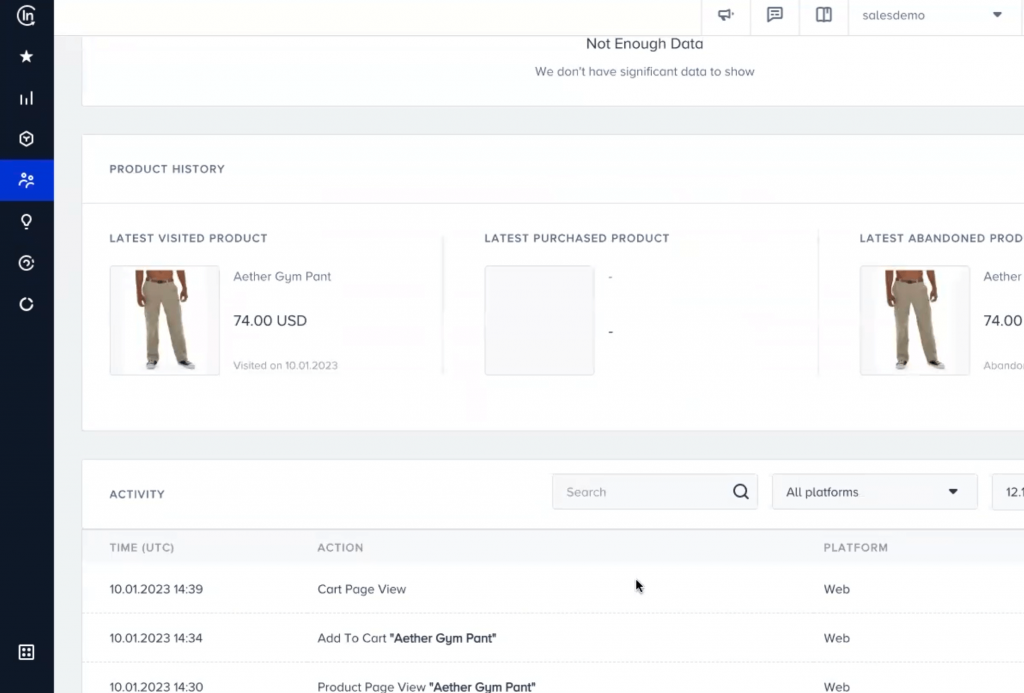
Additionally, you can zoom out and get aggregate stats about your entire audience or specific segments, as shown below.
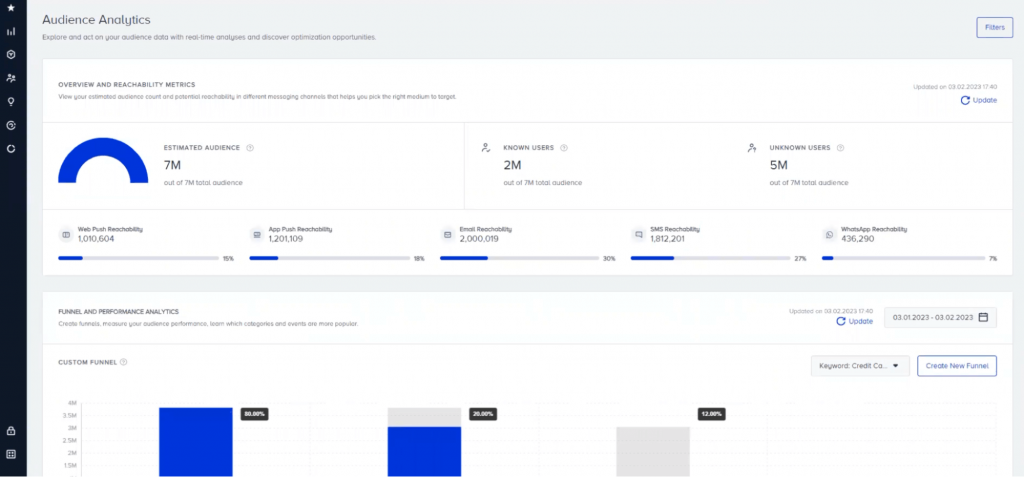
This data-driven approach is the foundation for successful omnichannel marketing. Marketers can rely on the aggregate data for an accurate view of today’s nonlinear customer journeys and use it to build their automations, as we’ll see in the next sections.
Lastly, Insider updates these profiles in real-time based on customers’ behaviors, so you’re always gaining a better understanding of their experiences and journeys.
2. Broad channel support
Omnichannel marketing is about reaching customers where they’re at, so you need ways to engage people at their preferred touchpoints.
Most companies use a combination of tools for that purpose, like email marketing software, SMS platforms, eCommerce personalization software, and so on.
The problem with this approach is that it creates data silos. This typically forces brands to integrate a bunch of tools and work with a complex marketing stack that takes time and effort to manage.
An easier option is to get a platform that supports all your channels natively. That way, you avoid data silos and drastically simplify your stack and workflow, which is why we’ve ensured that Insider can support lots of channels, like:
- SMS.
- Email.
- WhatsApp.
- Web and app push notifications.
- Web (on-site) and mobile apps.
- Facebook, Google, and TikTok (for remarketing), and more.
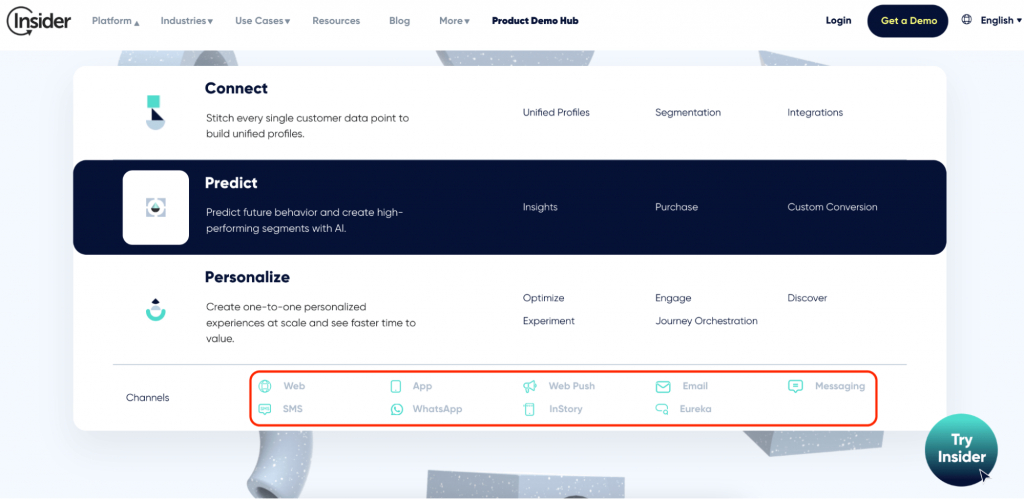
Thanks to this broad channel support, you can manage all your marketing and engagement efforts from one place. And since your customer data is aggregated in our CDP, you won’t be missing valuable information for your campaigns.
3. Segmentation
Not all customers are created equal. And like all other marketing activities, successful omnichannel marketing relies on finding and engaging the right audiences, at the right times.
That’s why we’ve built versatile segmentation capabilities for Insider that let you narrow down your audience based on 120+ attributes, including traits, behaviors, and preferences.
First, our platform automatically creates predefined audiences of users who:
- Abandoned their carts.
- Bought a product from you.
- Visited a product page but didn’t add an item to their carts.
- Interacted with you on a specific channel like email or SMS.
- Are qualified as leads (e.g., after subscribing to your email newsletter).
- And others shown below.
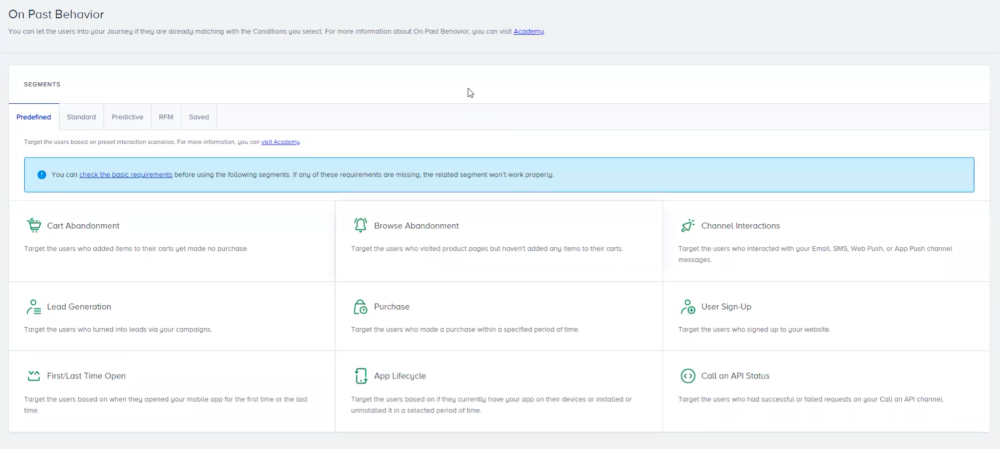
These predefined audiences are a great starting point for building your segments. Second, you can narrow down your segments further with our AI-powered predictive audiences.
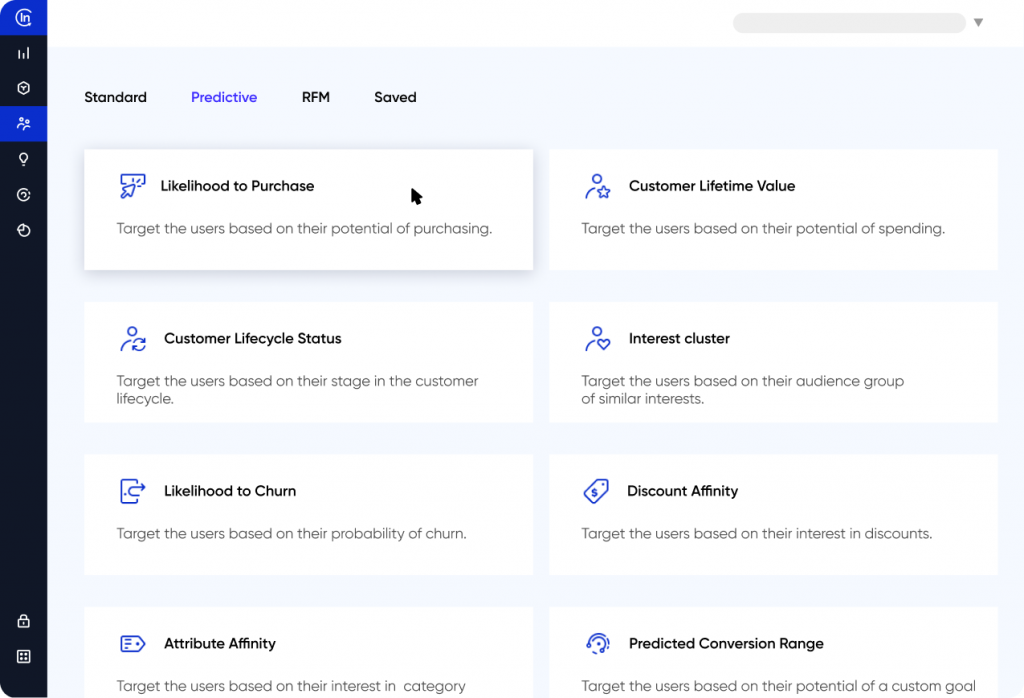
As you can see, this capability lets you target users based on their:
- Likelihood to purchase or churn.
- Their potential customer lifetime value (CLTV).
- Their affinity to discounts or certain attributes on your site or app.
- And much more.
Combining predictive and standard audiences lets you create highly-specific segments for your omnichannel campaigns. This ensures each message in your campaign reaches the most relevant audience, which is essential for making the most out of our efforts and budget.
For example, Pierre Cardin used our segmentation to break down their ad audiences based on their risk of churning, discount affinity, likelihood to purchase, and more.
They exported these highly-specific segments and ran personalized ad campaigns, resulting in a 445% uplift in conversion rates, a 164.83% boost in return on ad spend (ROAS), and a 67.95% reduction in cost per acquisition.
4. Cross-channel journey orchestration
With your data, channels, and segments ready, you can start building the actual omnichannel automations.
This process is called journey orchestration and it involves setting the rules for when certain actions (or campaigns) are triggered—e.g., customers should be sent an email two hours after seeing your ad and then receive an SMS the next day if they didn’t convert.
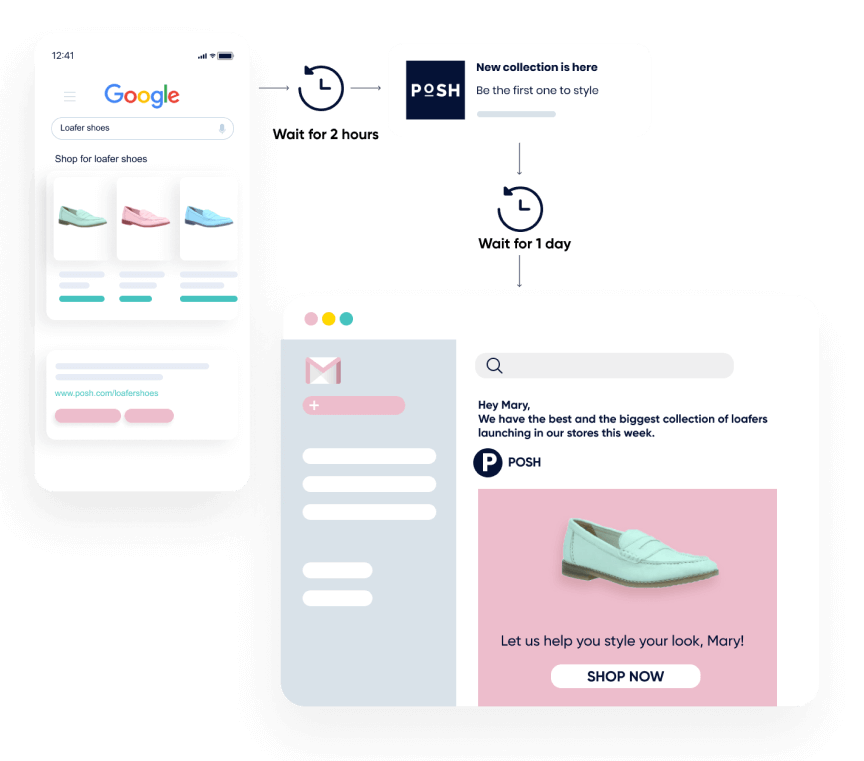
At Insider, we have a specialized journey builder and marketing automation tool called Architect. Architect lets you create, automate, and analyze omnichannel campaigns using a simple drag-and-drop editor.
For example, you can start an automated omnichannel campaign based on various triggers, like:
- Events, such as page visits, cart abandonments, completed purchases, or any other user actions on your site or app.
- Dynamic dates, which are useful for reminding customers to buy products that are re-purchased at a regular schedule.
- Price drops, restocking of popular items, and much more.
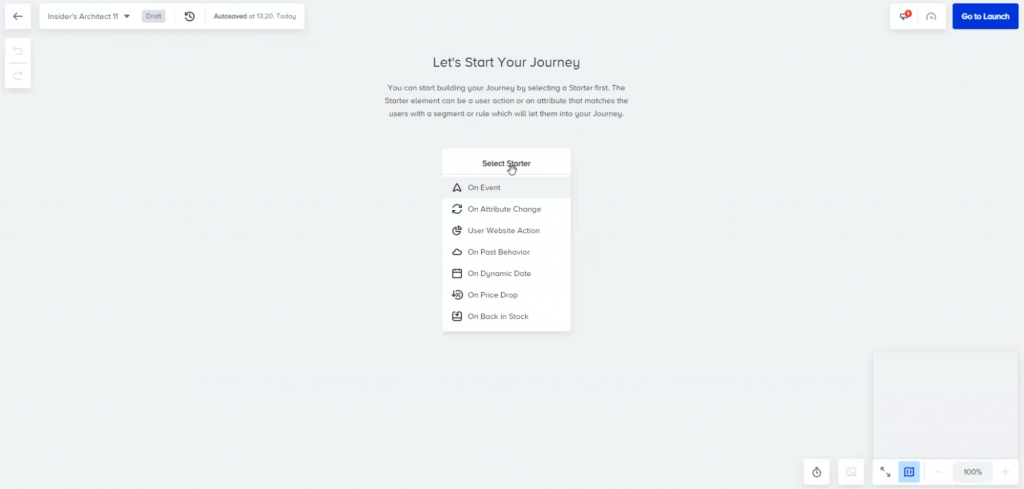
From here, you select how the journey unfolds.
You can have Insider wait for a while and send them an SMS with discount codes for products they browsed on your site. Or, you can try to engage them with personalized web push notifications or WhatsApp messages.
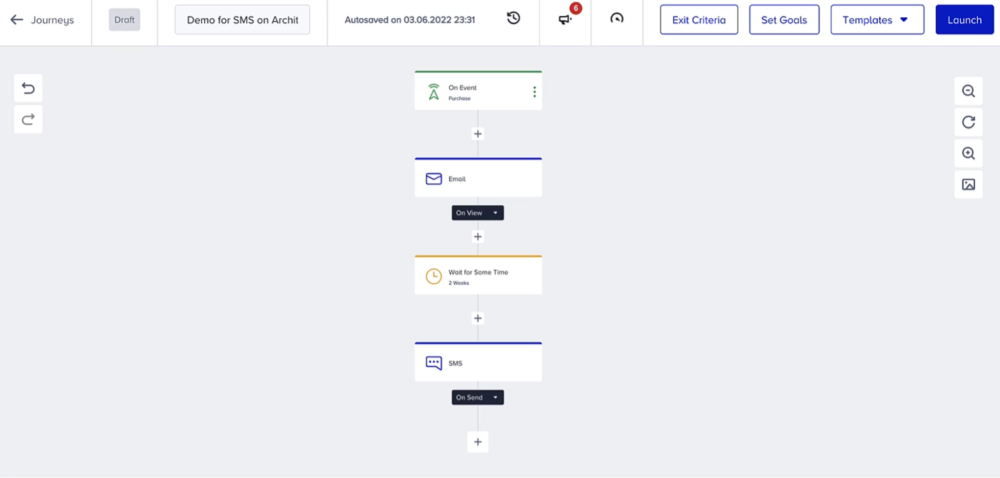
If you’re not sure which channel to try, you can have Insider’s AI-powered next-best channel predictions help you out. This feature automatically decides which channels to use next based on each customer’s behaviors, interests, and preferred touchpoints.
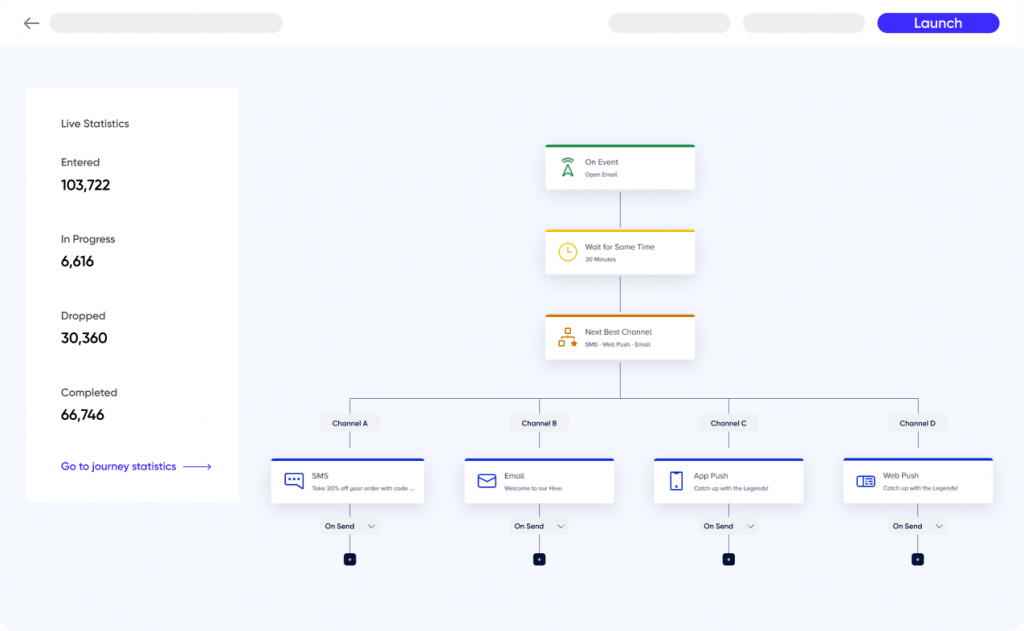
Our send time optimization feature (STO) can also automatically pick the ideal time to send each message, based on when it’s most likely to engage your audience.
You can even A/B test channels and messages against each other to see which one produces the best results.
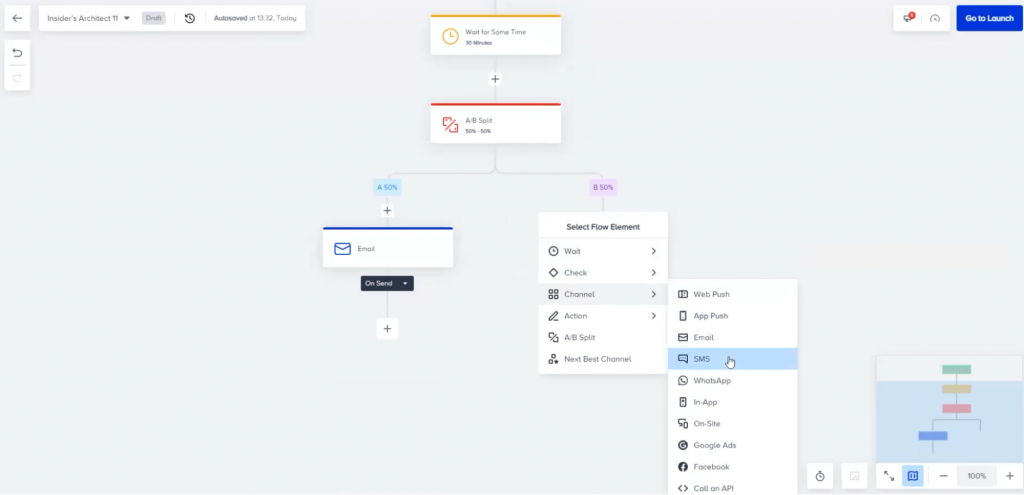
Put simply, Architect lets you build all kinds of omnichannel automations. Coupled with Insider’s data aggregation and personalization capabilities, you can use it to create highly contextual and individualized campaigns for your customers.
For example:
- You can start cart abandonment campaigns with web push notifications and move on to other channels. Push notifications can bring back users at no additional cost, which makes them invaluable for marketers looking to make the most out of their budget. For users who don’t engage with your push notifications, you can have Insider automatically try other touchpoints, like email, SMS, or WhatsApp.
- You can create omnichannel campaigns with discount codes for users with a high discount affinity and a high risk of churning. That way, you’re not wasting your discounts (and hurting your profit margins) on users who would’ve bought a product anyway.
- You can create cross-sell and upsell campaigns across email, SMS, and WhatsApp by suggesting products that are frequently purchased with the ones customers have already bought.
You can find a lot of other useful ideas in our guide to eCommerce marketing automation.
If you want a real-life example, check out our case study with fashion brand Remix.
They used Architect to orchestrate over 50 unique customer journeys on channels like email, SMS, web push, and on-site. Thanks to their new omnichannel automations, Remix achieved a 104% increase in first purchases and a 22.23% higher conversion rate compared to their previous email flows.
5. Dynamic personalization
As we said, omnichannel marketing is about being relevant and contextual throughout the entire customer journey.
This final capability helps you do that by automatically tailoring content, messaging, and product recommendations to each user.
For example, Insider can dynamically personalize:
- Product recommendations on your site, app, or external touchpoints. Chow Sang Sang used our AI-powered Smart Recommendations to show relevant products to each website visitor, leading to a 10.5% uplift in conversions.
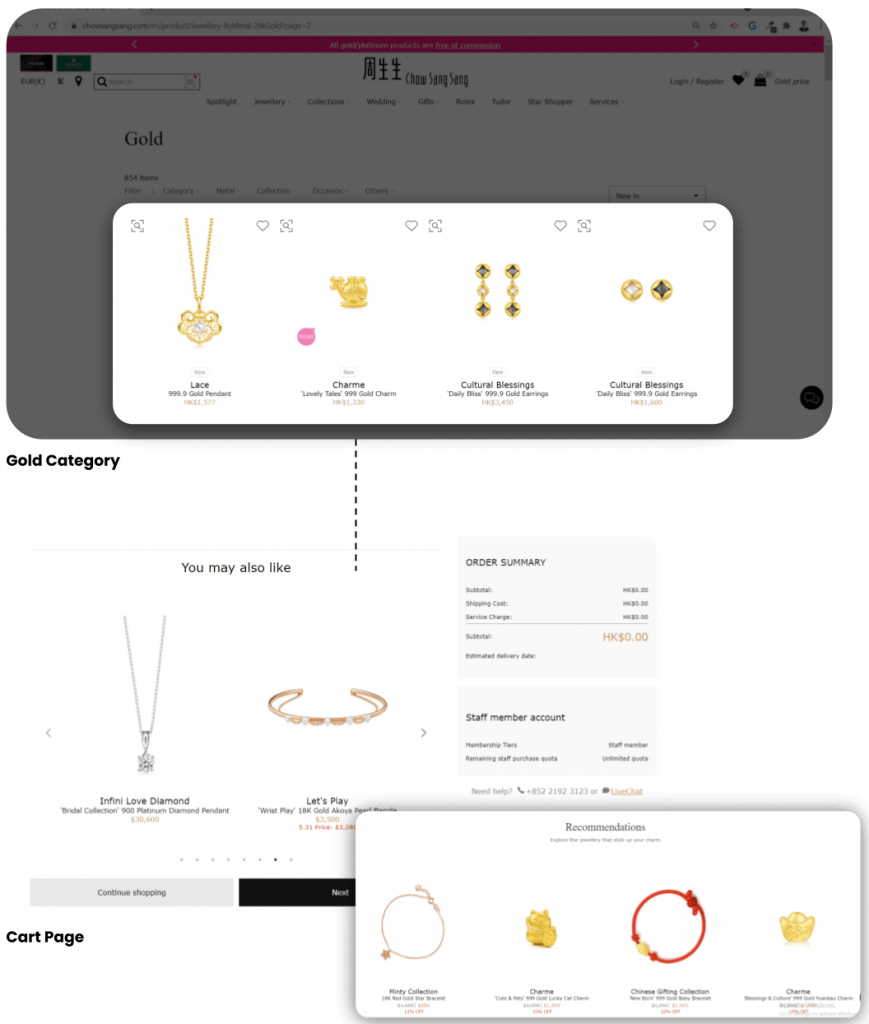
- Banners. Yves Rocher showed different banners to targeted customer segments, leading to a 5% increase in website conversion rates.
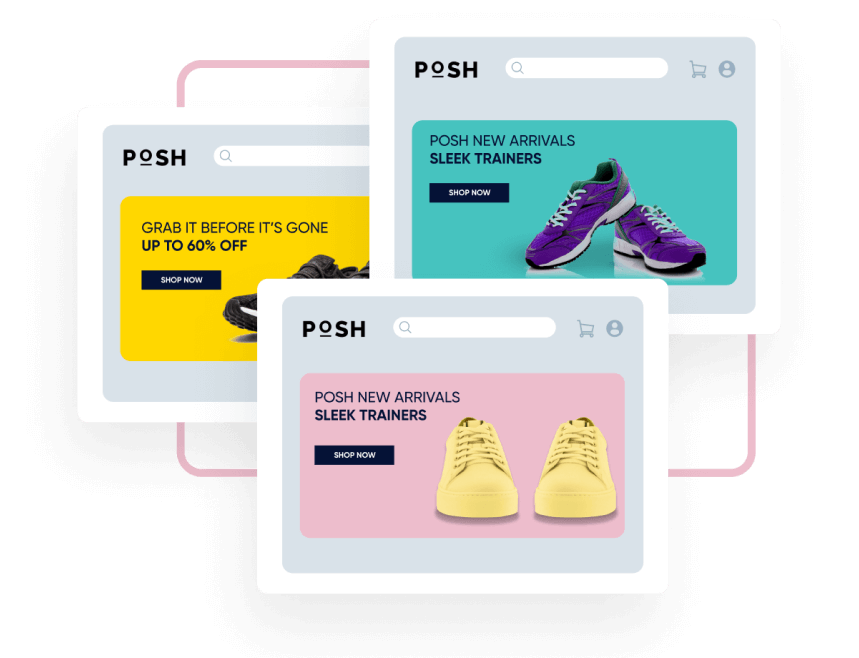
- Categories. Samsung used our Category Optimizer to rearrange how categories were presented to each user, leading to a 10% conversion rate uplift.
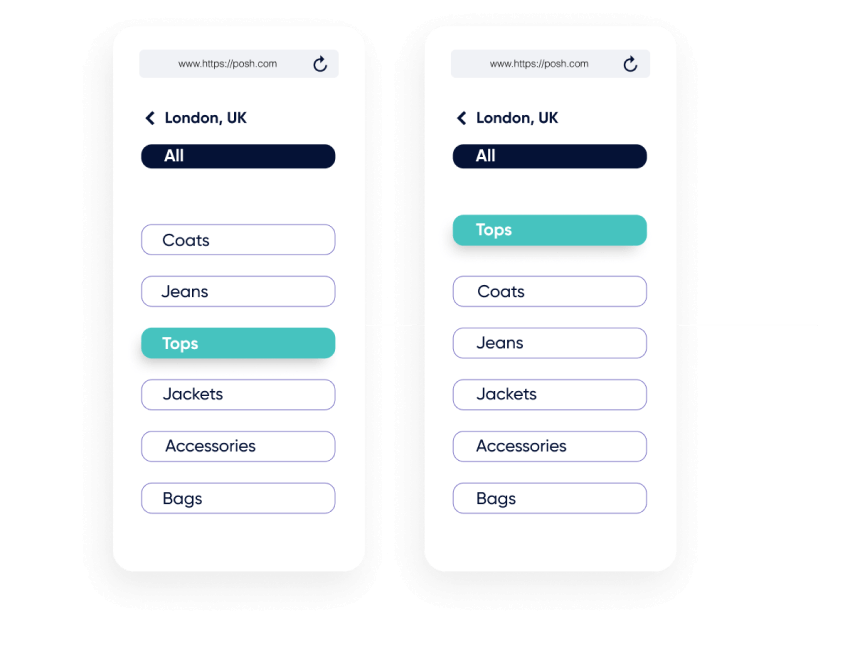
- Website or in-app stories. Media Prima used InStory—our tool for adding Instagram-like stories to your site or app—to show personalized, bite-sized content to each user, resulting in a 525.72% increase in average session duration.
- Site search results. EUREKA—our on-site search tool—uses AI to personalize the search results for each customer and visitor based on their past and predicted behaviors.
In short, Insider’s versatile personalization capabilities let you put product discovery and message relevance on autopilot throughout the entire customer journey.
3 real-life examples of companies using omnichannel marketing automation
We just covered a lot of diverse capabilities, so to put things into perspective, we’ll show you how three brands used them to power their omnichannel marketing efforts.
MAC Cosmetics: On-site personalization, web push, and InStory
MAC Cosmetics is a leading cosmetics brand that’s part of The Estée Lauder Companies.
The competition in their industry is fierce, so they needed relevant and engaging omnichannel journeys in order to stand out.
They started this process by using our AI-powered Smart Recommender to show products on their website that were automatically tailored to each user’s purchase history and preferences.
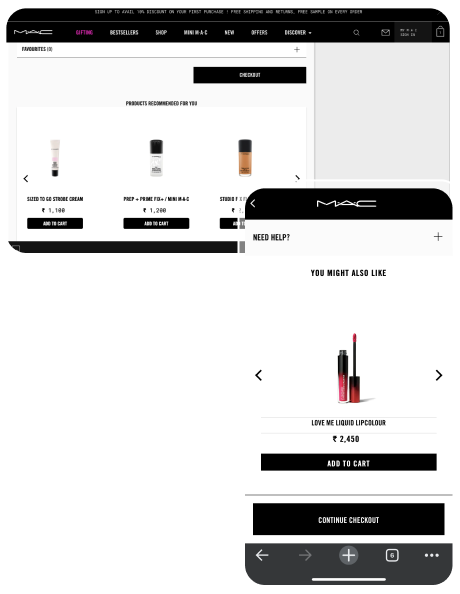
For example, on the product and cart pages, MAC Cosmetics showed items that were often viewed or purchased together. They also highlighted top-selling products across their entire site. These on-site personalization tactics led to a 20.56% add-to-cart rate and a conversion rate of 2.3%.
Then, they started tackling one of the biggest challenges for today’s marketers — the short attention spans of mobile users.
For that, they used InStory to create Instagram-like stories to engage users with rich visual experiences. Their stories also contained personalized product recommendations, as well as trending items and seasonal offers.
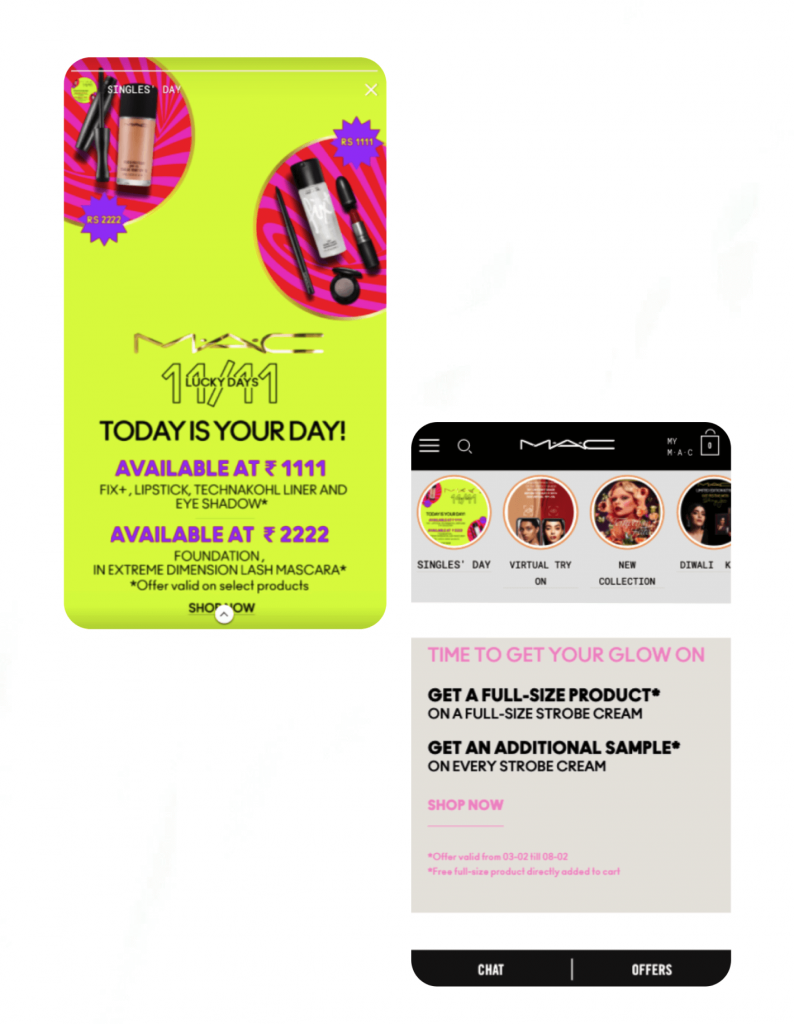
This tactic led to an 11.3% conversion rate uplift, a 7.28% increase in AOV, and a 29% clickthrough rate (CTR) for their Single’s Day campaign.
Finally, MAC Cosmetics also needed a way to tackle cart abandonments. They used our journey builder to create different omnichannel abandonment journeys for each customer segment. These journeys relied on personalized web push notifications to nudge users to complete their purchases.
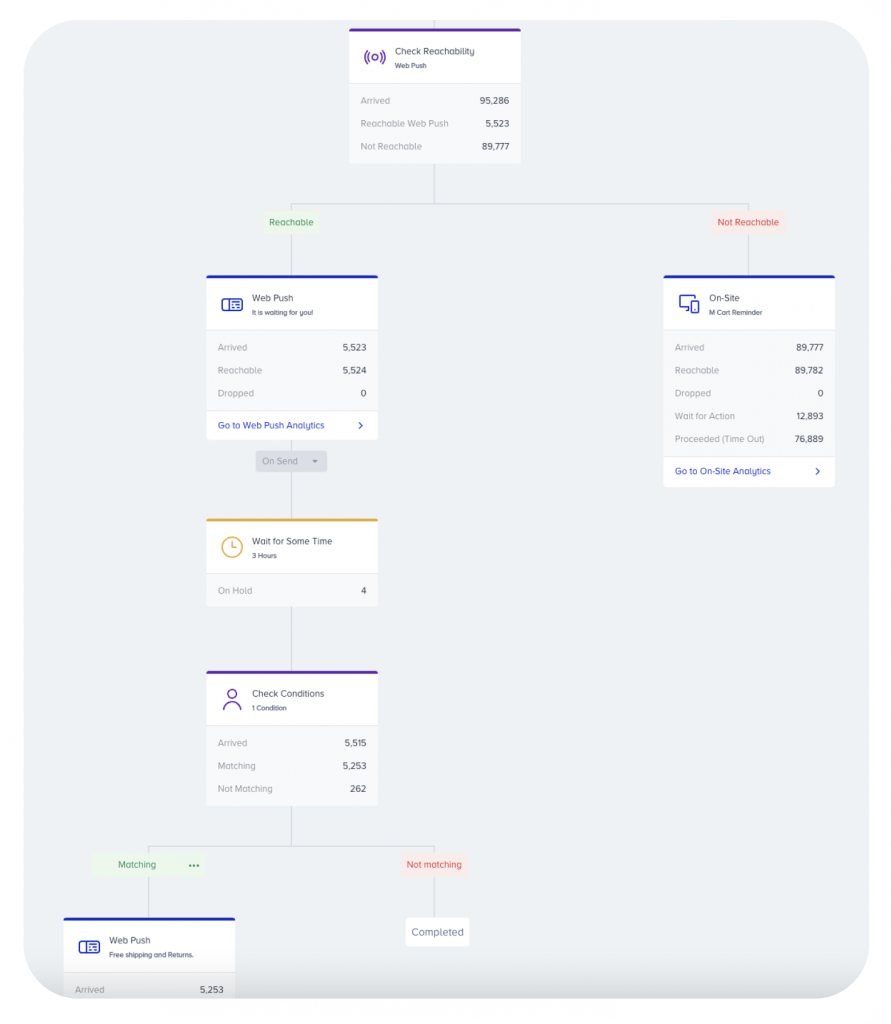
This resulted in a 14.45% CTR and a 16.69% conversion rate.
MAC Cosmetics also used Insider’s gamification capabilities and templates to grow their lead database and promote limited-time offers. For more details, check out the full MAC Cosmetics case study.
Yves Rocher: On-site personalization, social media, and web push
Yves Rocher is a global cosmetics and beauty company.
They wanted to create personalized user experiences across every touchpoint with the brand. That’s why they turned to Insider’s versatile cross-channel personalization and automation suite.
First, Yves Rocher used three types of automated personalization techniques for their online store:
- AI-powered product recommendations. Yves Rocher relied on different algorithms to show relevant products to each customer on various pages, which led to a 20% uplift in conversion rates.

- Category and banner personalization. Yves Rocher set up Insider to highlight different categories to each user segment and trigger special banners that incentivized repeat purchases. These automations led to a 5% uplift in conversion rates.
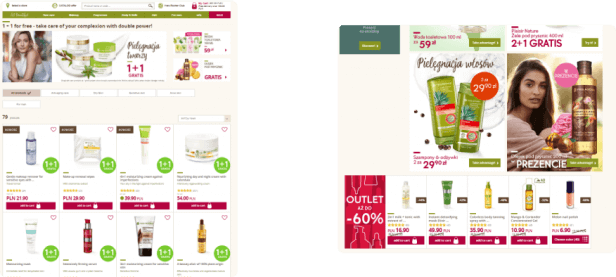
- Banner Management Campaigns. These campaigns helped Yves Rocher show personalized banners to regular shoppers of skincare products and first-time buyers, leading to an 18% uplift in conversion rates.
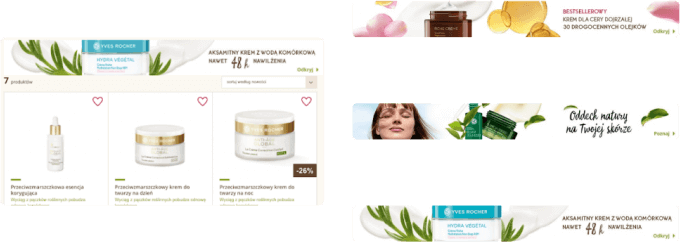
Next, Yves Rocher tackled cart abandonments by creating automated omnichannel journeys. Their automations delivered engaging, contextual messages across social media ads and web push, leading to a 5.6% increase in conversion rates.
Finally, they also used Insider’s predictive segmentation to identify customer segments that were most likely to convert.
They targeted those segments with personalized ads on Facebook, Google, and other ad channels. These campaigns achieved a 39% uplift in ROAS on Google and over 38% uplift in conversions on Facebook.
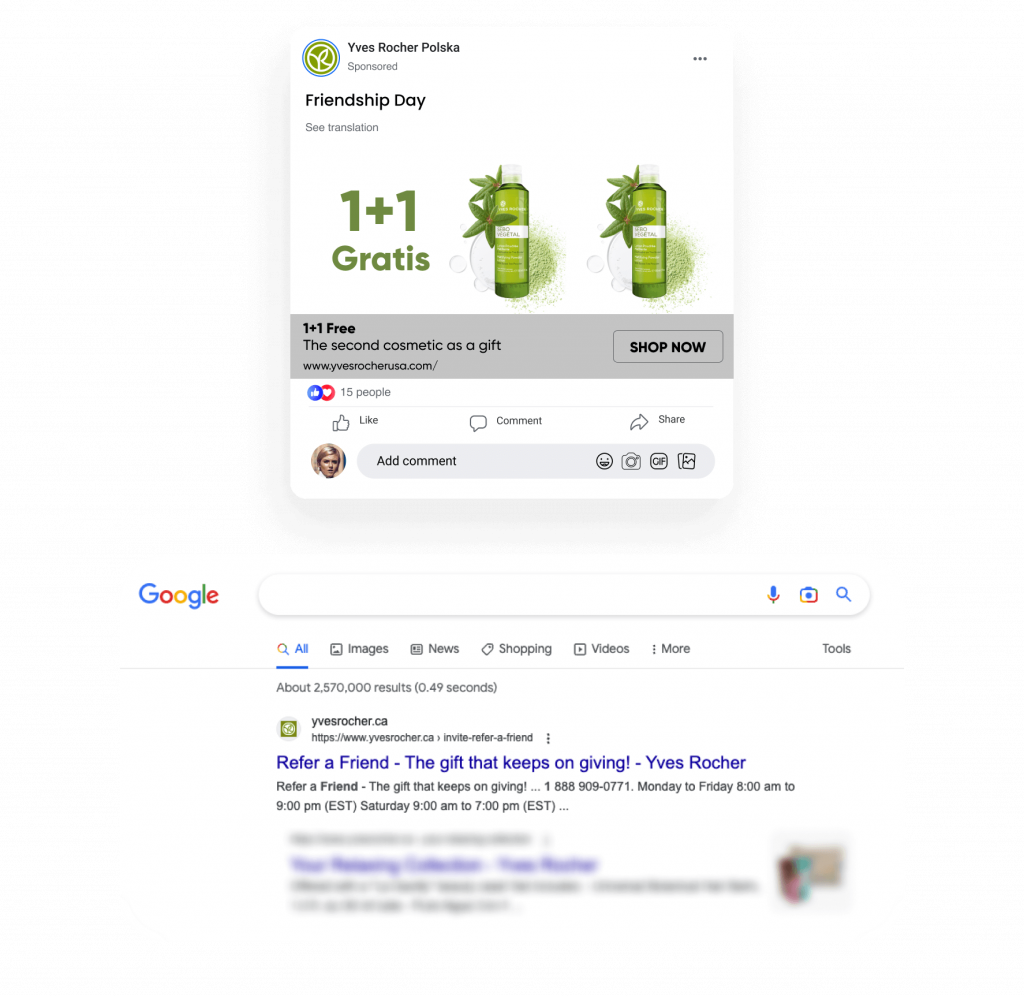
Like MAC Cosmetics, Yves Rocher also used other Insider capabilities to generate more leads and achieve a 7x return on their investment in five months. For the full story, check out the complete Yves Rocher case study.
NA-KD: On-site personalization, web push, email, and SMS
NA-KD is one of Europe’s premier fashion brands.
While they were growing rapidly, their fragmented tech stack couldn’t keep up, resulting in an incomplete view of the customer journey and missed opportunities.
To overcome this challenge, NA-KD’s team started using Insider to consolidate their customer data. This helped them gain a complete view of their customers, which, as we said, is the foundation of successful omnichannel marketing.
From here, NA-KD redefined their marketing automation strategy. They ditched traditional campaigns and coupon-based campaigns in favor of individualized experiences created with Architect.
Initially, they relied on four communication channels to reach their customers—web push, app push, email, and on-site. After they started using Architect they also decided to add SMS to the mix.
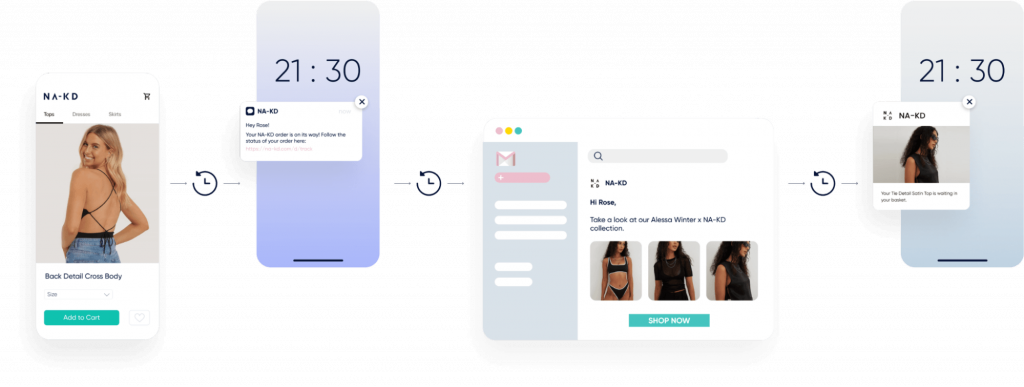
Thanks to Insider’s broad channels support, automation capabilities, and dynamic product recommendations, NA-KD was able to:
- Boost their CLTV by 25%.
- Expand their reach to five marketing channels.
- Achieve a 72x ROI in the first 12 months of using Insider.
Build, automate, and analyze omnichannel marketing campaigns with Insider
Insider can help you create and automate consistent, personalized, and highly-effective omnichannel campaigns for the entire customer journey—from your website and mobile app to channels like email, SMS, WhatsApp, web push, and more.
Our platform can also:
- Aggregate your customer data—from APIs, CRMs, content management systems (CMSs), analytics tools, and any other online or offline source—into a central database.
- Give you unified, 360-degree profiles of your customers and reveal their behaviors, interests, and preferred touchpoints.
- Predict future behaviors, like how much customers are projected to spend and how likely they are to buy or churn.
Finally, our easy channel integrations, experienced support team, and versatile templates will help you create and implement the right omnichannel marketing strategies and automations as quickly as possible.
Schedule a demo with our team to learn how Insider can benefit your business specifically.
Frequently asked questions (FAQs) about omnichannel marketing automation
An omnichannel marketing strategy is a combination of tactics for delivering a consistent customer experience across all online and offline touchpoints—including a brand’s website, mobile app, physical store, and channels like email, SMS, and WhatsApp.
To build a successful omnichannel marketing strategy, brands need to:
– Consolidate their customer data and segment their audience.
– Reach customer segments at their preferred touchpoints (e.g., email, SMS, WhatsApp, web push, etc).
– Create automated, contextual, and personalized marketing campaigns for every stage of the customer journey.
An example of omnichannel marketing is tracking which categories and products customers interact with on your site and using that data to show them relevant product recommendations on various channels like email, SMS, or WhatsApp.
In general, any marketing activity that takes place at different touchpoints and is aimed at creating a consistent experience across all of them can be considered an example of omnichannel marketing.
The three biggest benefits of omnichannel marketing are:
1. Brand consistency across all channels.
2. Better campaign and message relevance.
3. Improvements in key metrics like engagement, conversions, and customer retention.

